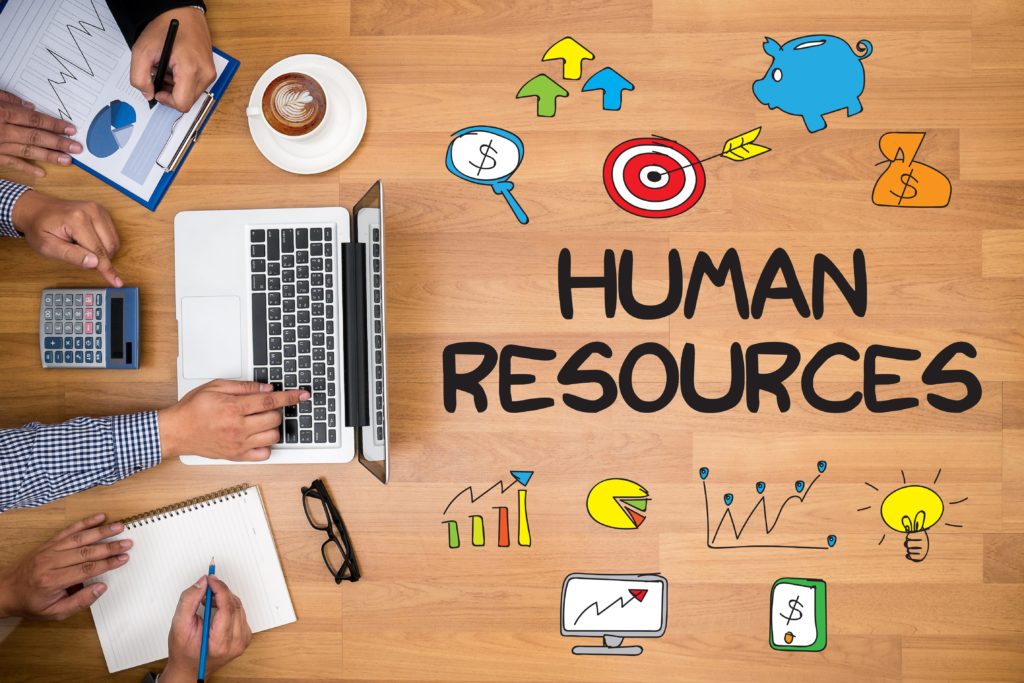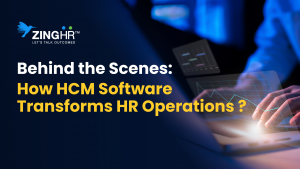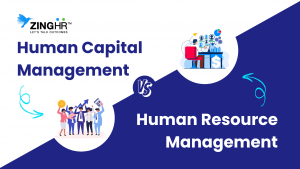Not all companies in the present scenario are having the latest HR software. Most of them have an HR software that’s probably out of date. If you aren’t satisfied with your current HRMS enterprise software implementation, then it’s high time you decide for an upgrade. Implementing HR software is a strenuous, important task that has to be treated with care, and all the elements during the entire process are to be managed well. The prime considerations to keep in mind are its factors that include the project team, potential risks, budget & time, data security, and phased implementation.
Selection of HR system
Your business can run with dexterity when you have the right HR system for it. Numerous vendors offer these HR solutions to companies due to their immense value. The process of selection of the software provider can be a little costly as well as time-consuming. Hardly a few organizations can get it done in the right manner for their first time. The various HR systems have to be crafted according to the specific demands and requirements of the company. The very first step of the adoption of HRMS for enterprises begins before implementation.
The features that will be in the best interest of your business have to be considered and then the vendor can be finalized according to the needs or requirements. You need to evaluate all types of risks you need to think upon the way your business will bring the HR system into your organization.
Keeping time and budget in mind
You must set proper expectations to stay on time and to not cross the budget. However, a small contingency budget must be built. The price of the HR system will comprise a larger portion of your budget. Also, during implementation, your budget and timeline may get affected due to various elements. A written plan which includes the scope and objectives of the project will help you to stay on track.
Assembling the implementation team
You must assemble all the employees that will be required in the implementation process. The individual and management contributors will get you a meaningful perspective. Coordination between the various departments is a must for the process to be carried out easily. You can also include teams outside the HR department that will maintain other key considerations.
Implementation to be done in phases
An enterprise HR software must be implemented in phases. Each phase must be assessed, and the state of implementation must be evaluated, on the go. The substantial benefit of phased implementation is that only limited information is required to be retained and/or communicated. Reworking on the entire project can be quite expensive in comparison to assessing and evaluating it in phases. This will build up your confidence. You can also easily track any kind of issues when they arise.
Ensuring data security
The data cannot be compromised during the time of transition of phase. To safeguard and secure the data, you must employ IT expertise throughout the implementation process. The IT department will ensure that your data remains secure and safeguarded. Also, your in-place system may have backup and security features for the data which will further aid in the transfer of information.
Managing risks
Implementation of a new HRMS system is a risky job along with several difficulties along the way. You must anticipate the potential risks involved during the process and be able to manage them well for the work to continue, swiftly.
The Bottom Line
The key considerations, when kept in mind, will help the organization to proceed with the implementation process with confidence and you must never overlook the efforts required for the implementation of an HR system project.




